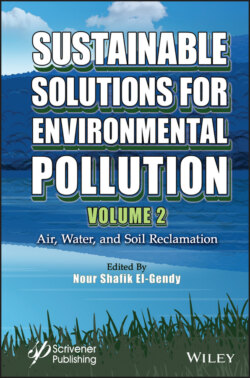Читать книгу Sustainable Solutions for Environmental Pollution, Volume 2 - Группа авторов - Страница 63
1.14.3 Organic Micropollutant Photolysis
ОглавлениеIn general first-order kinetics are assumed for photolysis, with a rate constant taking into account the direct and indirect solar irradiations, which are time-dependent: they are function of the seasonal and daily temperature and of the solar irradiation at the location. Salinity and pH are also factors that can be included in the models (Baena-Nogueras et al., 2017). The water depth should also be considered: direct photolysis is favored in shallow waters, but indirect photolysis can be significant in some extent both in shallow and deep waters, especially when they are rich in humic substances (Carlos et al., 2012; Fabbri et al., 2017; Carena et al., 2020). In the case of micropollutant mixtures, higher-order kinetics might be necessary: second-order rate constant were determined by Minella et al. (2017) in the case of mixtures of Acesulfame K (an artificial sweetener) and either ibuprofen or atrazine (Minella et al., 2017). Depending upon the molecule, some photolysis by-products might be ecotoxic (Carlos et al., 2012; Avetta et al., 2016).
